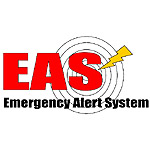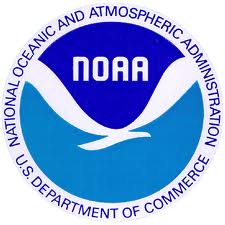
- National location code (000000) enabled – effective date July 30, 2016
- National Periodic Test code (NPT) enabled – effective date July 30, 2016
- Visual Crawl & Audio Accessibility (display legibility, completeness & placement requirements) – effective date January 30, 2016
- Electronic Test Report System (ETRS) initial station date – 60 days from effective date of rules OR 60 days from launch of ETRS, whichever is later
- Electronic Test Report System (ETRS) – effective within 24 hours of National EAS Test and within 45 days of a National test for follow-up reporting
This is significant because there will be a nationwide EAS test at 2:20 p.m. EDT on Wednesday, September 28, 2016.
Click here to read the complete 52-page FCC rulemaking.
——————————————————————-

1) Concerning the Extreme Wind Warning. It is issued in association with major hurricanes, generally a few hours prior to the onset of extreme (111 mph or greater) sustained wind speeds. While rarely issued, it alerts the public to take last and final protective actions just prior to the onset of the strongest, most damaging core of extreme winds.
2) Concerning the future Storm Surge Watch and Warning. The Watch (generally with 36 hours) and the Warning (generally within 24 hours) is issued for the danger of life-threatening inundation from rising water moving inland (in association with a tropical, subtropical, or post-tropical cyclone.) The majority of the deaths attributed to the deadliest tropical cyclone events in U.S. history were from storm surge. The most recent example is Post-Tropical Cyclone Sandy in 2012, with extreme inundation along the New Jersey and New York coastlines.
